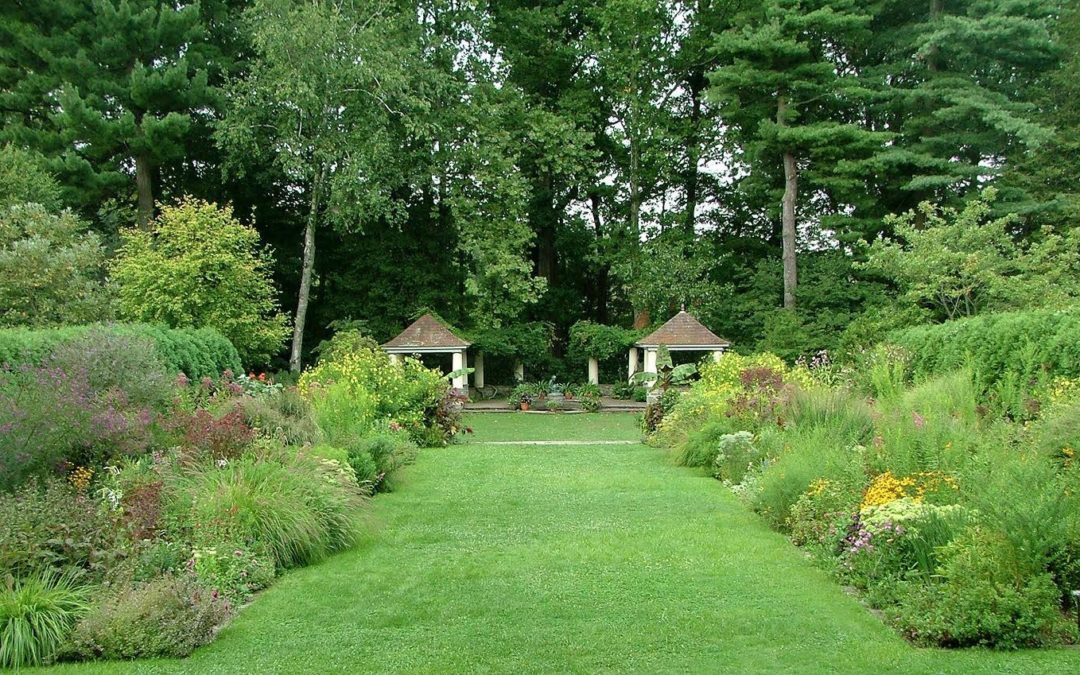By. Charlene Briggs, Adjunct Professor, Temple University
When I first meet my students, I like to ask them about their relationship with nature. How much time did they spend outside as a child? Did they climb trees, catch frogs, and disappear into the woods unsupervised for hours? How much time do they spend outside now?
I also like to ask them some tougher questions. Where does their water come from and where does it go when they are done with it? Who may have used the water before they did and what anthropogenic activities are going on in the watershed where it was sourced? How about their trash? What resource(s) provides their electricity, and what is the journey and impact of the fossilized organisms that fuel their lifestyles? How do the super storms that characterize our weather patterns impact our communities, and who gets hurt first (and the most)?
Unfortunately, the majority of our country’s population cannot answer these questions. More disturbing is that our educators are insufficiently prepared to teach ecological literacy to future generations.
In my graduate work in Environmental Education, I conducted a field study in a forested ecosystem. A fellow educator and student in the course lived and worked in the city and had never been in a forest. And she was not about to start now. As we stood on the edge of the woods, she dug in her heels and said, “If I go in there I will die.” While we discussed the merits of woodland habitats, a great spangled fritillary butterfly fluttered by. She gasped, pointed at it, and exclaimed, “Oh how pretty! Charlene what’s that bird?”
How many of our teachers cannot distinguish between a bird and a butterfly? If my colleague is any indication, there are many more. The children described in Richard Louv’s book, Last Child in the Woods, have grown up and are now among our country’s educators. It is time for a course correction.
Using Outdoor Classrooms as a Platform for Education for Sustainability
Outdoor classrooms can be powerful teaching tools. At their simplest, they are spaces that connect children with the natural world, places where they can hear the birds sing, watch butterflies flutter by, dig in the soil, contemplate in silence, and, as David Orr posits, feel a part of a diverse ecosystem rather than apart from it. Outdoor classrooms are excellent venues for teaching a wide range of subjects. By weaving the environment into the fabric of existing curricula through outdoor classrooms, teachers can help students develop a deep understanding of and respect for earth communities, including the corresponding human conditions within those communities.
Outdoor classrooms lend themselves well to the Education for Sustainability (EfS) framework. Teachers can easily use these spaces to illustrate the intimate interrelationship between personal and planetary health, foster creative systems thinking, and provide a space for reflective inquiry and experience in cooperative, hands-on problem solving. In addition, outdoor classrooms provide multiple opportunities for exploring solutions to local and global challenges, from preserving biodiversity to addressing social justice issues such as food deserts and childhood obesity.
The benefits conferred by learning in outdoor classrooms are backed by a growing body of research. For example, in Closing the Achievement Gap: Using the Environment as an Integrating Context for Learning (1998) Gerald Lieberman and Linda Hoody conducted a qualitative and quantitative study of EIC (Using the environment as an integrating context for the curriculum) at 40 schools in 22 states, and reported that “students learn more effectively within an environment-based context than within a traditional educational framework.” Further findings from their research include:
- Academic performance improved across curriculum;
- Students had a more comprehensive understanding of the world and were aware of diverse viewpoints;
- Critical thinking skills improved;
- Discipline problems diminished; and
- Students exhibited improved proficiency in problem solving and enhanced application of systems thinking.
Details of the study can be found on www.PEECworks.org.
Adopting Education For Sustainability for Pre-Service and In-Service Teachers
We must provide our educators with a foundation in ecological literacy to enable them to use outdoor classrooms to their fullest potential. When Universities and Colleges of Education implement EfS protocol and curriculum, respectively, for pre-service teachers, graduates will be prepared to teach ecological literacy to their students and will acquire the skills needed to become EfS leaders in their respective schools.
Temple University is poised in terms of facilities and expertise to facilitate the EfS imperative by providing in-service teachers with an opportunity to learn how to design, develop, and use outdoor classrooms. In the beautiful landscape arboretum and research gardens at the Temple Ambler Campus this summer, in-service teachers will be able to spend a week (July 25-29, 2016) working with our award-winning Landscape Architecture, Horticulture, and Tyler School of Art students and other educators to design, build, and write lesson plans for outdoor classrooms. The program, Outdoor Classroom Design and Use: Integrating the Environment into the K-12 Classroom, will allow K-12 educators to:
- Brainstorm schoolyard possibilities;
- Evaluate project sites;
- Explore native pollinator/host plants and a bluebird trail;
- Design an outdoor classroom for their schoolyard;
- Build a model outdoor classroom on-site;
- Create environment-based lesson plans; and
- Become part of the SustainabilityEd Network for continuing support and ideas.
For additional information about the Outdoor Classroom Design and Use workshop, contact Charlene Briggs at charlene.briggs@temple.edu or Rhonda Geyer, Director of Non-Credit Programs at Temple University Ambler, Fort Washington, and Center City at rgeyer@temple.edu or 267-468-8504. More information about Temple’s EfS initiatives can be found at www.SustainabilityEd.com.
About the Author
Charlene Briggs is an environmental scientist and educator. She teaches The Environment, Plant Ecology, Science of Sustainable Design, and Botanical Traditions at Temple University as an adjunct professor. Charlene facilitates the development of outdoor classrooms, local food networks, botanical traditions, and sustainable landscapes. www.EarthVisionsConsulting.com

